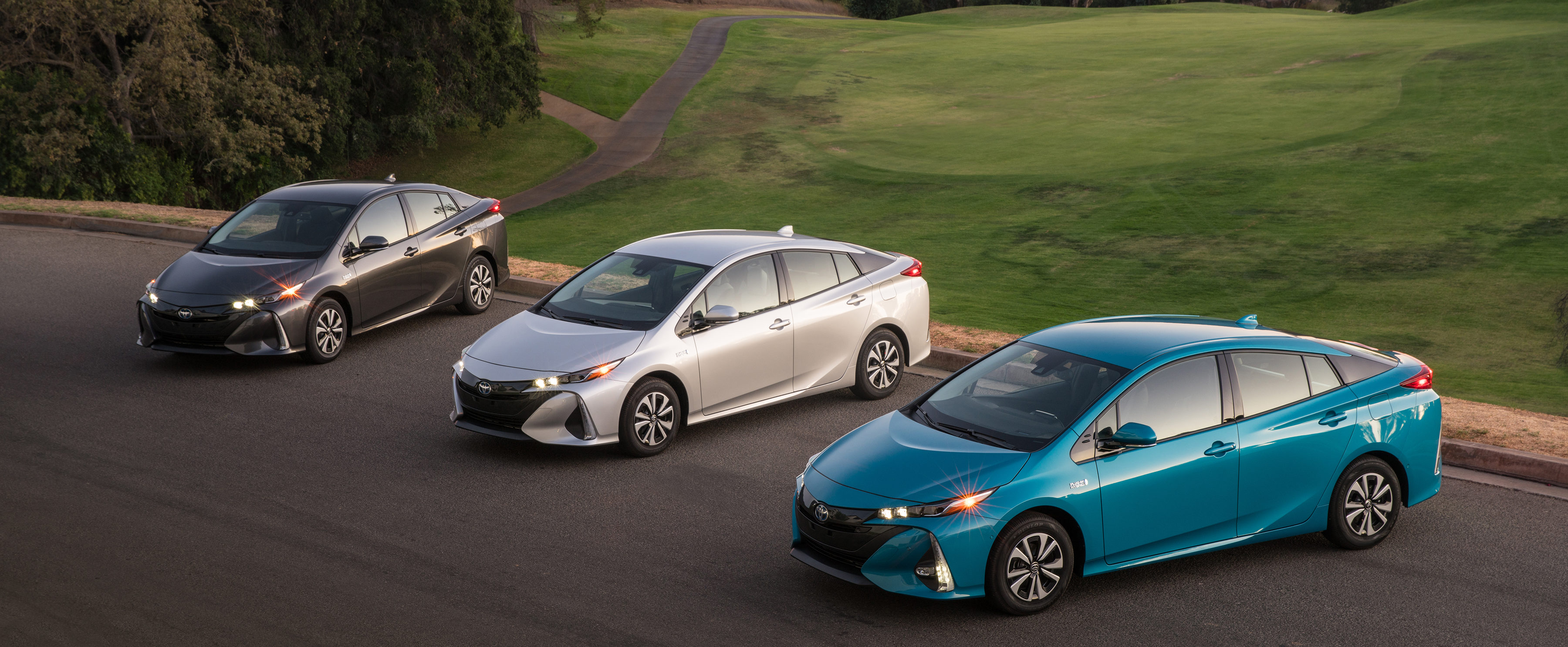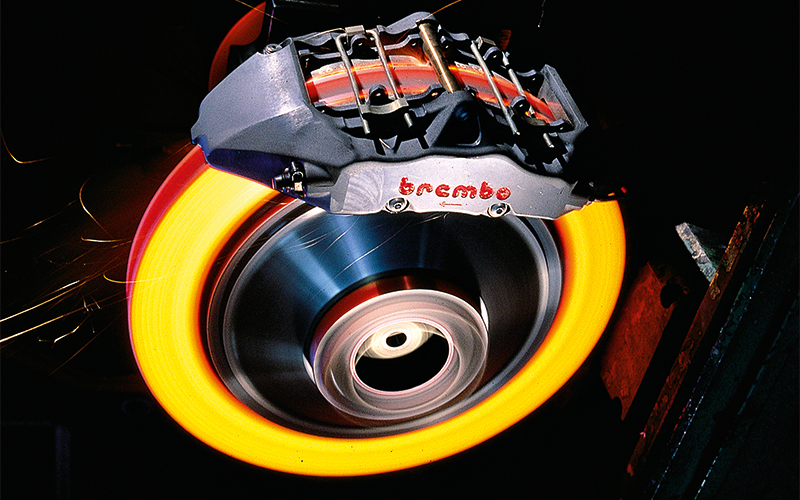
Electrified Vehicles: The Basics
By Randy Lioz, Editor, Car-ED.com | March 2018
With so many different categories, there is understandably some confusion among consumers about electrified vehicles. When we talk about “EVs” we usually mean vehicles that run only on electricity—the industry calls these Battery-Electric Vehicles (BEVs). But there are many categories of vehicles that have various degrees of electrification, and there can be overlap.
If you’re thinking of electrifying your lifestyle, we’re here to help cut through the haze!
What is an electrified vehicle?
Before we get into the differences between all these categories, let’s talk about the similarities. Nearly all electrified vehicles have the goal of improving efficiency—there are a few that are just about performance, but you probably can’t afford one of those. Mostly they do this by keeping your car from giving off a bunch of heat, which would just be energy lost to the environment. If instead of creating heat the vehicle can use that energy in other ways, it can be much more efficient.

Photo credit: Brembo
Brakes are one great example. Most cars brake using friction, which heats up the calipers and rotors. Electrified cars use “regenerative braking,” which basically turns your brakes into little generators powered by the car’s momentum. While they’re slowing the car down, they’re also pumping that energy into a battery for later use.
But the biggest creator of heat in most cars is the engine. An internal combustion engine (ICE) wastes most of the energy in its fuel creating heat that’s lost to the atmosphere. A typical gasoline engine actually only uses about 25 to 35 percent of the energy in its fuel powering the vehicle; diesels tend to do better at north of 40 percent. In contrast, EV batteries tend to convert around 90 percent of their stored energy into power for the car.
While pretty much all electrified cars use battery-stored energy to power accessories, they differ more in how they propel the vehicle—namely the combination of electric motor and internal combustion engine power they use. Below is a table that lays out the basics so you can figure out which might be the right one for you.
Full Hybrid (HEV) |
Plug-in Hybrid (PHEV) |
Full Electric (BEV) |
Hydrogen-Electric (FCEV) |
|
Description |
Mix of battery and ICE propulsion; recharges only from engine and brakes | Mix of battery and ICE propulsion; recharges from plug, engine and brakes | Large battery fueling electric motor(s); no ICE | Electricity created from converting hydrogen into water in a fuel cell, powering electric motor(s) |
Pros |
No need to recharge, cheaper than plug-ins | Longer electric-only range, some will rarely need gas, can still be refueled for longer trips | Highly energy efficient, low maintenance costs, cheaper to operate, tax/HOV incentives | Quick refueling, long range, low environmental impact, free fueling deals |
Cons |
Limited electric-only range | Expense of large battery and ICE | Possibly limited range, lengthy refuel process, still fairly expensive | Limited refueling infrastructure, expensive to lease, lease only |
Range (mi) |
EV: 1 – 15
Gas: 300+ |
EV: 12 – 53
Gas: 300+ |
58 – 300+ | 265 – 366 |
Examples |
Toyota Prius, Kia Niro, Hyundai Ioniq Hybrid, Ford C-MAX, several hybrid versions of existing models | Chevy Volt, Toyota Prius Prime, Hyundai Ioniq Plug-in, Honda Clarity PHEV, BMW i3 REx, BMW iPerformance lineup, Audi A3 e-tron, Ford Energi models | All Teslas, Nissan Leaf, Chevy Bolt, Hyundai Ioniq EV, Honda Clarity EV, VW e-Golf, BMW i3, Kia Soul EV, Fiat 500e, Ford Focus Electric, smart fortwo | Honda Clarity Fuel Cell, Toyota Mirai, Hyundai Tucson Fuel Cell |
The vehicles listed are not necessarily the only ones in the category, especially the hybrids, which are available based on several mainstream models, particularly among family vehicles, like midsize cars and compact and midsize crossovers.
Car-ED will be offering deep dives into some of these categories to help you focus on the right details when determining which electrified vehicles will work best for you. Stay tuned for those articles in the coming weeks.